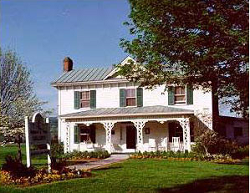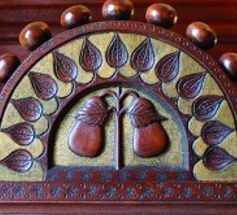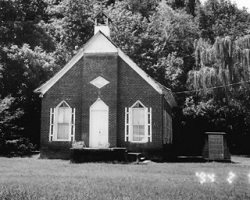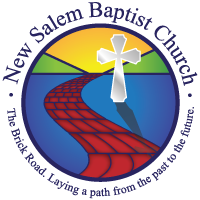Lewis Buckner
Lewis C.
Buckner (March 12, 1856 - May 16, 1924), who was born a slave. His father was
white and his mother was African-American.
During the years following the Civil War, Buckner
most likely learned his trade in Sevierville as an
apprentice to Christian H. Stump, a white
furniture and cabinetmaker originally from
Michigan.
Lewis Buckner began his
cabinetmaking business in the 1870s in Sevierville, TN. By the late
nineteenth century, the African-American artisan
was building houses throughout Sevier County
that featured robust Italianate and Queen Anne style
architectural elements. Using his unique
interpretation of national architectural styles
acquired from pattern books and published
journals, Buckner’s original work is known as being extremely
creative. Rarely were two pieces rendered exactly
alike.
Buckner’s well-crafted
architectural detailing features vernacular
renditions of Victorian patterns that include
naturalistic elements such as a unique flower motif
that became his signature trademark.
Nearly twenty examples of dwellings
exhibiting Buckner’s extraordinary craftsmanship
still exist in the county. Buckner built these houses
between 1880 and 1921, and he embellished them
with the flamboyant architectural elements
indicative of Victorian-era ebullience. Buckner
usually built an entire dwelling and lived at the
building site during its construction; however, he
also traveled the countryside in order to construct
decorative details, such as porches, staircases, and
mantels for otherwise ordinary farmhouses.
Buckner also crafted elaborate and ornate
furniture, such as bedroom suites, cupboards,
bureaus, washstands, cabinets, and even picture
frames. Many of his works are prized family
heirlooms. Buckner’s own house, which he built
in 1894 outside Sevierville, still stands.
Lewis Buckner married Jane Bryant on December 29, 1875. This union was blessed with six children: Mary, Artist, Einora, Porter, William and Reece. In 1896 his wife, Jane, passed away. He later met and married Eliza Chandler on March 1, 1898. This union was blessed with additional four children: Winstead. Chandler. Oliver and Icafene.
Lewis was a very successful businessman. His business was so prosperous he bought seven acres of land on Kellum Creek Road, off Allensville Road for $140 in 1894. He built an impressive home for his family, which was quite an accomplishment for an African–American during this time period.
(Source: https://www.smokykin.com/tng/register.php, Wikipedia, and The Mountain Press, 2 Oct 2006.
Article by THERESA WILLIAMS)
 Riley H. Andes House
Riley H. Andes House
When the Andes family home was renovated in 1880, Buckner, a prominent wood artisan and master cabinetmaker of the era, was commissioned for the work. Buckner hand carved the wood ornamentation, which still decorates the porches, central gable and eaves. Its graceful, scalloped design resembles the delicate handwork of the heavy lace. The back porch is embellished with the lavish gingerbread railings and posts of the era as interpreted by Buckner. The hand carved staircase banister is signature Buckner, as is the massive mirrored mantle designed with floral carvings and curio shelves that reach to the ceiling. Two ornately carved tables greet visitors to the Robert A. Tino Gallery in the foyer and a majestic corner cupboard graces the center exhibit hall where the original kitchen once stood - all Buckner originals.
(Source: www.robertatinogallery.com)
There are several homes in Sevier County built by Lewis Buckner that still exist. Fireplace mantels and furniture made by him are sought-after items.
He was
buried in an unmarked grave at the Union Hill
Cemetery nearby.
(Source: https://www.smokykin.com/tng/register.php, Wikipedia, and The Mountain Press, 2 Oct 2006.
Article by THERESA WILLIAMS)
The Tennessee Encyclopedia of History and Culture (January 01, 2010)
| At least fifteen examples of dwellings exhibiting Buckner's extraordinary craftsmanship still exist in Sevier County. Indicative of the chronological range of his work are the Darius and Mary Robertson House near Harrisburg (ca. 1880); the Andes-Denton House near Sevierville (ca. 1890); the Trotter-Waters House at Sevierville (1895); the Sam Dixon House near Shady Grove (1914); and the Mullendore House near Pigeon Forge (1921). Buckner built his own house near Millican Grove in 1894. |

| Source: Kent Gebhard 4/21/2015 |

| New Salem Baptist Church |
| Buckner furnished the pews and pulpit in the New Salem Baptist Church. |
